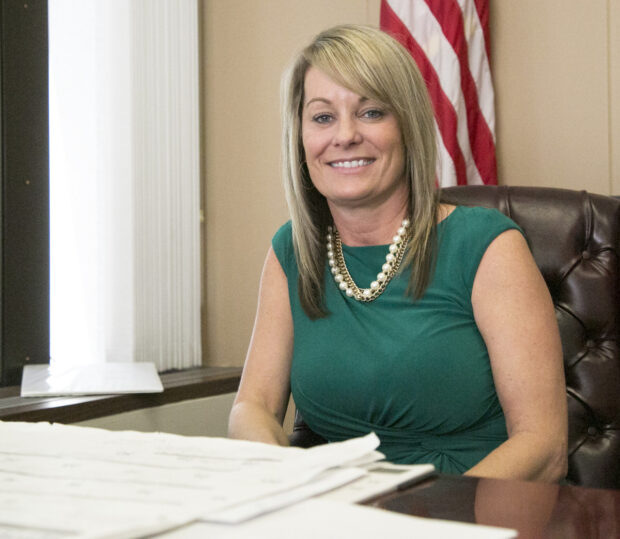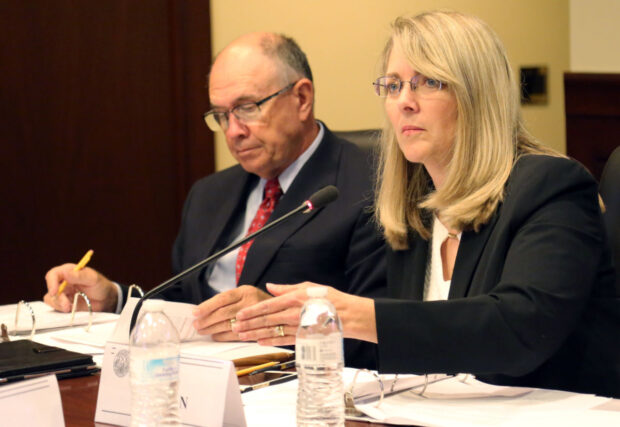The leaders of three major education groups say State Superintendent Sherri Ybarra’s new proposed budget makes progress addressing their top priorities.
But it’s early in the budgeting process. The debate typically doesn’t heat up until January, when Gov. Butch Otter unveils his budget proposal to the Legislature.

Ybarra released her 2017-18 public school budget request on Sept. 1, after submitting it to the state’s Division of Financial Management.
The budget calls for increasing public school funding by 6.7 percent once funding for the School for the Deaf and Blind is factored in. That would represent a $105 million increase in general fund spending over current levels.
Over the summer, representatives of the Idaho School Boards Association, Idaho Education Association and Idaho Association of School Administrators met with State Department of Education leaders to discuss budget priorities, they said.
The meeting involved chief deputy superintendent Pete Koehler and associate deputy for public school finance Tim Hill — but not Ybarra, who was on vacation.
Each group listed its top three priorities for the upcoming session, and made its pitch for funding.
“Our top three priorities are the career ladder, operations funding and classified staff, and (Ybarra) did include increases in her budget for all of those,” ISBA Executive Director Karen Echeverria said. “Our priorities were addressed at some level.”
IASA identified the same priorities. Executive Director Rob Winslow predicted securing funding for a third straight year of teacher raises “will be a big lift this year.”
Winslow added school district leaders are especially concerned about rising health care costs.
“For most districts, they need a sizable amount to stay up with their costs,” Winslow said. “That needs a lot more attention, just because the main driver from us is health care costs.”
For the IEA, top priorities are teacher salaries through the career ladder, funding for professional development for teacher training and boosting overall budgets to 2017 levels, taking inflation into account.
“We’re not back there yet,” IEA President Penni Cyr said. “We still struggle with discretionary funding.”
Cyr said she does not have a dollar amount calculated that would represent appropriate 2017 levels with inflation factored in.
Rep. Wendy Horman, the Idaho Falls Republican who has helped set and carry the public school budget in recent years, said she has just started digging into the Ybarra budget.

“It looks like a continuation of the investment we have made in the task force recommendations around the career ladder, around literacy and around mastery-based learning,” Horman said.
Horman and other lawmakers on the budget-setting Joint Finance Appropriations Committee will look to Otter’s budget request for their next major development in the budget process.
The Legislature will set the budget at the end of the 2017 session, after all state agency heads have made formal pitches to JFAC.
State agencies are required to submit their budget requests to the state annually on Sept. 1, but are not required to release them to the public. In a Sept. 1 interview, Ybarra said she took the extra step of releasing her proposal publicly to add a level of transparency to the state’s largest budget.
